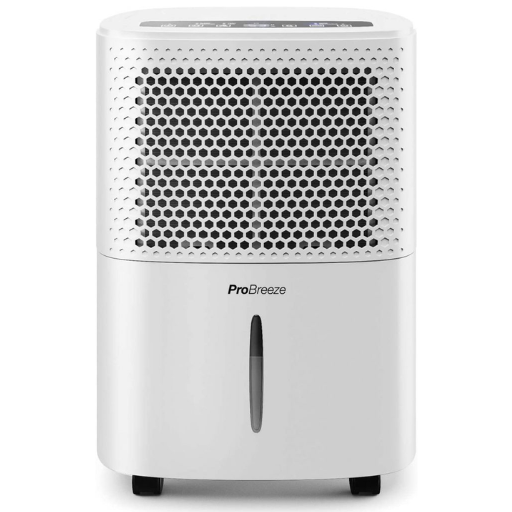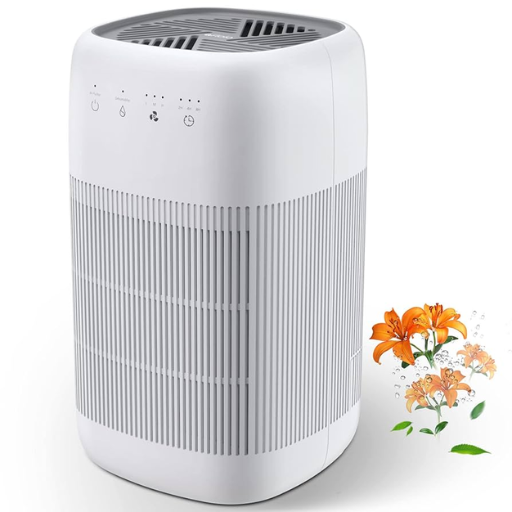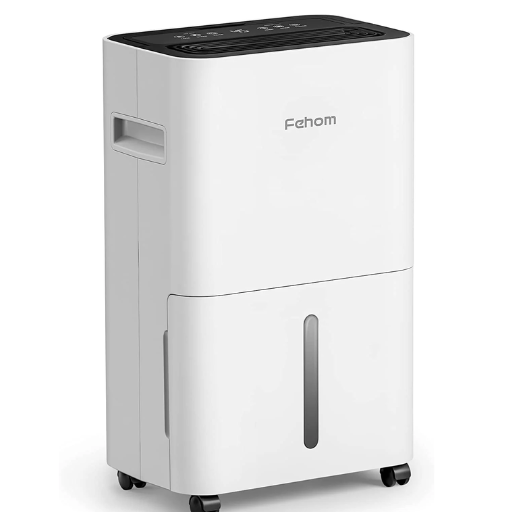Dehumidifiers are crucial for controlling indoor air quality and averting moisture problems such as mold growth and property damage. However, prospective users worry about the energy requirements and expenditures about these devices. To accurately measure a dehumidifier’s energy, one must analyze the device’s power rating, the number of hours the unit is turned on, and how efficient it is. This blog provides an insight into the variation of energy budgets, which should allow readers to select and operate a unit that is functional while being economical at the same time.
How much electricity does a typical dehumidifier use?
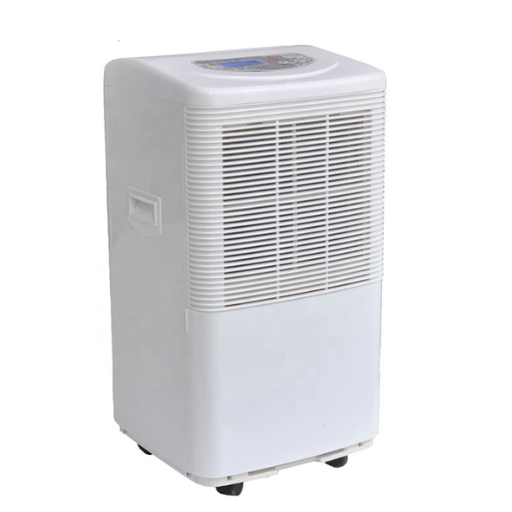
A particular dehumidifier is power consumption depends on its rating, which is usually measured in Watts (W). Most household units fall in the range of 300 Watts and 700 Watts while in use. For instance, a 500W dehumidifier works for 8 hours a day, it will use around 4 kilowatt-hours (kWh) of energy as its consumption is calculated by dividing the product of the power rating and the duration of use with 1,000. The energy consumption is not the same for everyone as it varies due to factors such as the area’s humidity, the room’s size, and the manufacturer’s specific settings.
Calculating the kWh usage of your dehumidifiers
- Determine the Power Rating (W): Locate your dehumidifier’s power rating. It is usually printed on the machine itself or provided in the manual. For example, it could be written as 500W.
- Assess the Daily Runtime (hours): Try to estimate the number of hours the machine switches on during the day. Let’s assume it is 6 hours a day. This would be the figure noted.
- Calculate Daily Energy Consumption (kWh): The output is calculated by multiplying the power consumed in kW with the daily runtime in hours. So, for a 500W unit working 6 hours a day, the output translates to (500 ÷ 1000) x 6, thus yielding 3 kWh a day.
- Adjust for Room Conditions: Consider changes to aspects like the size of the room, the amount of insulation, and the degree of humidity present. If the humidity is high or the rooms are bigger, then the duration of the run and energy drawn will increase.
With these parameters in place, a user can establish the energy consumption associated with their dehumidifier and refine it so that optimum performance is achieved while using the least amount of energy possible.
Elements that influence energy expenditure while using a dehumidifier
- Humidity Levels in the Space: High levels of moisture demand more work, and thus, more energy is consumed to run the dehumidifier to extract moisture from the air. In contrast areas with reasonable humidity levels will normally incur lower power demands.
- Volume of the Room: In regions with bigger rooms or oversized ceilings, the dehumidifier must deal with more air volume. This larger volume requires longer operational time, which directly affects electricity use.
- Environmental Temperature: Initially, it may seem strange, but dehumidifiers work better in warmer environments, as their efficiency increases in such conditions. While cold temperatures can make moist air inefficient, they can also make a dehumidifier work too hard, which increases energy use and lowers efficiency.
- Efficiency and Type of the Dehumidifier: The structure and amount of energy used by the dehumidifier also influence its energy use. New energy-saving models usually have better compressors and fans than older models and budget ones and, therefore, use less energy.
- Maintenance Frequency: Filters that are clogged or dirty coils lead to poorly maintained units, which may have effectiveness issues and consume excessive electricity. This means that from time to time, cleaning and servicing is essential to maintain energy efficiency.
- Settings and Operation Modes: Extended dehumidifier operations on the highest fan consumption and lowest humidity settings are the biggest reasons for high energy consumption. An economy or auto mode may use less energy by not consuming as much when not needed, which is a more preferable method.
Does running a dehumidifier increase your electricity bill significantly?
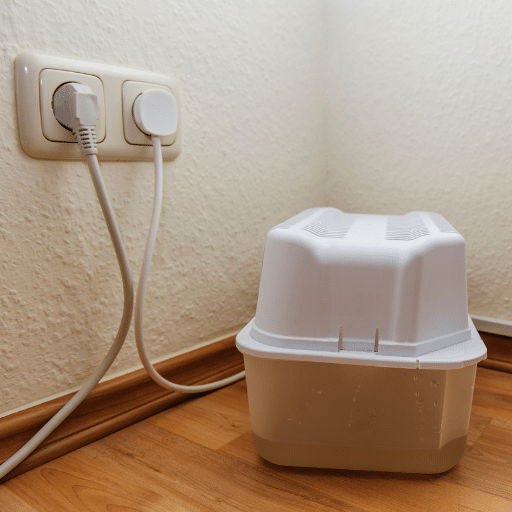
Your electricity bill may be affected by a dehumidifier in the following ways: its energy efficiency, how much it is operated, and the settings at which it is used. Additional costs can be reduced by using energy-efficient models and proper usage, such as setting the Dehumidifier to economy modes or operating it in hot and humid areas. However, using the device at high settings and low maintenance can result in dramatic increases to energy consumption. Costs can be reduced by using the device when necessary, pairing it with regular maintenance, and selecting an energy-efficient model.
Estimating the cost of running a dehumidifier
Running a dehumidifier has costs related to the unit’s power rating, local electricity rates, and the number of hours the dehumidifier is running for. Using an Energy Star-certified unit that has a 30-pint capacity, savings can amount to 1.50 to 50 cents a day by only running the unit for 8 hours a day. If the unit is expected to be used during periods of high humidity, expenses can be reduced further. Maintaining the unit regularly by cleaning the coils and filters will encourage efficient use and minimize energy wastage.
Using dehumidifier energy use against other appliances
The energy usage of a dehumidifier can be evaluated against other household appliances by its watt usage and its operational behavior. Consider a 30-pint dehumidifier, which generally uses 300 up to 700 watts of energy per hour, depending on the model and its efficiency. A standard refrigerator uses slightly higher: 100 to 800 watts per hour. In contrast, a window air conditioner is much worse and averages about 500 to 1,500 watts. Compared to air conditioning units and refrigerators, their energy expenses are comparatively lower, particularly when their energy efficient settings are maximally employed or during intermittent operation. Even better, higher-efficiency models, such as those with an ENERGY STAR rating, are better off because they reduce power consumption by increasing the amount of moisture removed per kilowatt-hour (kWh). Do not forget to factor in the runtime with operational wattage and appliance settings and upkeep measures to achieve a more precise comparison of energy usage.
Impact of continuous vs. intermittent dehumidifier operation on energy costs
A dehumidifier tends to be expensive when operated continuously. This is because its longer runtime results in heightened power consumption. This method typically keeps the humidity level around some lower threshold. For example, this becomes necessary in wet basements or during periods of heavy rainfall. However, the efficiency of a device during continuous operation is highly influenced by the energy rating and capacity of the device. For example, certain models with an adjustable humidistat or energy efficient compressors are likely to perform better and consume less power than standard models.
Utilizing a cycling method, which operates the dehumidifier based on preset humidity levels, lowers energy costs by decreasing the operating duration. Some advanced models with sensors or timers can make this mode work fully autonomously. Power, Water, and moisture removal capacity of the dehumidifier in pints say 30, 50, and moisture removal rate (pints per day per kWh) are some of the key factors determining these modes’ energy consumption. This should fit the user’s goals, the set parameters, and atmospheric conditions. Whether the device is operated continuously or with cycles, increased energy efficiency will be achieved with properly maintaining the coils and the filter cleaning.
How can I reduce the energy consumption of my dehumidifier?
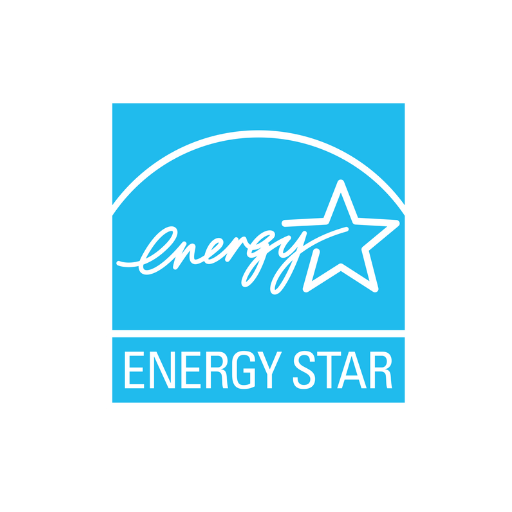
Operate your dehumidifier only when necessary. Use the humidistat or timer modes to prevent overuse. Good airflow with little obstruction will also improve efficiency. Regularly clean and maintain the filters and coils so that the device can run at optimal settings. The lower the temperature set for the dehumidifier, the less energy it will use. Also, seal the coils to limit excess moisture from entering the room so that the unit doesn’t have to dehumidify continuously.
Tips for improving dehumidifier energy efficiency
My dehumidifier is barely every on. It only turns on when humidity levels hit above 30% and always turns off when it goes below the desired temperature of 50%. During this time, I also ensure that I clean the coils and air filters regularly to maintain its placement. In my place, I also tend to seal leaks and drafts to reduce moisture and energy during the winter season. Most importantly, I always set the dehumidifier to lower fan setting.
Energy-efficient dehumidifier selection matters
When looking for a dehumidifier that saves power, go for ones with the ENERGY STAR marking since they are proven to use less energy than regular units even when both have the same performance. Look for the unit’s rating also, which is in terms of pints per day, and select the size appropriate to the space, so as not to overwork the unit. Look for adjustable humidistats, auto shutoff, and low-temperature setting features that prevent energy waste. Also, more recent models with smart technology can now be managed remotely and therefore set to on or off at certain times. Be sure to assess feedback and product description to check if the model indeed saves energy and provides the necessary functions.
Minimizing the operational period of the dehumidifier through targeted humidity management.
Strategies such as airing windows during low humidity come in handy. Treat the bathrooms and kitchens carefully using exhaust fans while cooking or showering. It is also necessary to seal doors and windows to prevent any external air from getting in. It’s also essential to adjust the dehumidifier’s humidistat so that the indoor air remains comfortable and healthy at 30-50% humidity. A dehumidifier will maintain the target humidity without overly relying on it. It’s best to avoid indoor clothes drying and utilizing moisture absorbing materials such as desiccants. Such practices reduce the load on the dehumidifier and improve energy efficiency.
Are whole-house dehumidifiers more energy-efficient than portable units?
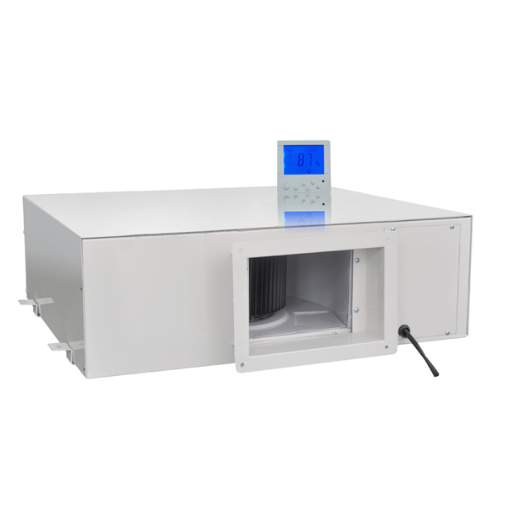
Serving a broader scope of humidity control, whole-house dehumidifiers tend to be much more energy efficient than portable ones. These units are meant to cover a whole house, so they often come with built-in HVAC systems, allowing for the distribution of cooled and processed air throughout the house. Because of the high energy intensity, these systems can cool a larger space area without the repeated need to adjust or move the portable units. The installation fee can be quite hefty in the beginning, however. These systems are much more sustainable in the long run as they have lower operational costs. On the other hand, portable units are still preferred in smaller areas for temporary needs or for more cost-effective solutions.
Comparing energy usage between whole-house and portable dehumidifiers
Whom it may concern, the energy consumption between portable and whole-house dehumidifiers is relative to the particular types and their application. The energy usage of whole-house dehumidifiers is usually less than portable dehumidifiers, but they are a lot more powerful as they are constructed to serve larger spaces. For example, a whole-house dehumidifier may use between 500 to 1,200 watts per hour depending on its size and model. These portable units use about 300 – 700 watts per hour but given they are often deployed to multiple areas to achieve the same coverage, it could result in higher energy consumption cumulatively.
A dehumidifier is defined in technical terms as a machine that draws in moist air and dries it out to preserve food products. Whole-house units are known to have a higher increased range of EF values, usually between 2.2 and 3.0 L/kWh. The argument could be made that in contrast to portable dehumidifiers which rest between 1.5 to 2.5 L/kWh, these machines draw comparatively less energy. In this way and considering adapted construction circumstances such as working in elevated temperatures of 30% -50% relative humidity, these models are much more efficient and economical over a longer period.
Cost-benefit analysis of whole-house dehumidification systems
With regards to managing indoor humidity, whole-house dehumidification systems can be considered strategic solutions in large spaces which may lack convenient portable units. These dehumidifiers are integrated into the HVAC systems and maintain consistent humidity levels across all rooms. The installation costs are relatively high, ranging from $1,500 to $2,800. However, the long-term benefits outweigh these upfront investments. As stated before, whole-house dehumidifiers tend to operate with a higher energy factor, which means that in comparison to multiple portable units, energy consumption will be lower during prolonged use.
When optimizing relative humidity levels, the system enhances comfort between the 30%-50% range and protects valuables from moisture-related damage. This translates to lower repair or replacement expenses. Furthermore, these units help to improve aggravate health outcomes by ameliorating air quality while reducing mold and mildew growth. Some of the other justifications for the costs incurred. Maximizing return on investments further increases the ease of routine maintenance like annual system inspections and filter cleaning.
How does humidity level affect a dehumidifier’s energy use?
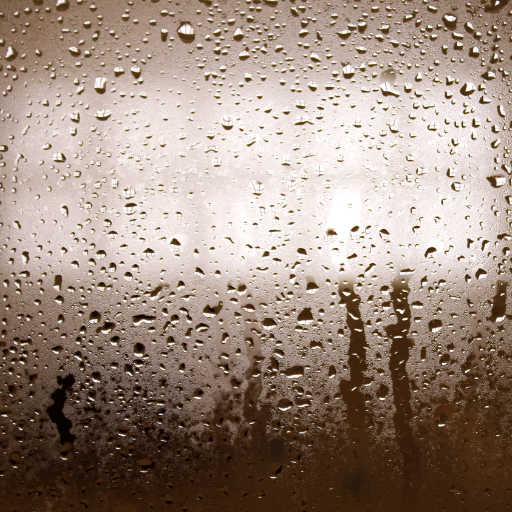
Energy consumption of a dehumidifier is related to the area’s humidity level, in the sense that a unit will use a lot more energy in humid environments due to working harder to eliminate more moisture in the air. In a damp, the unit must operate for longer periods to achieve the desired levels, which increases energy use. On the contrary, lower humidity means that the system needs to manage less, thus conserving energy. Regular monitoring and adjusting to the optimal humidity levels can lower the stress load of the dehumidifier, increasing efficiency and lowering the operating costs over time.
Assessing the correlation between humid level and dehumidifier efficiency
It is essential to assess the parameters of lower moisture levels and the amount of electricity consumed to operate a humidifier, particularly how certain other technical factors impact the efficiency. Most of the activity of a dehumidifier is at relative humidity above 60 percent, where a lot of energy is used to remove moisture content from the air. Water vapor is turned into liquid through condensation, which is done by refrigeration coils, and the unit’s performance rate depends on the surrounding temperature and moisture level. Taking this into consideration, some efficiency measures are sometimes expressed in performance indicators like the “liters per kilowatt-hour” (L/kWh), with new models averaging between 1.2 – 2.0 L/kWh in the best working conditions.
Standard dehumidifiers tend to achieve their greatest efficiency within a temperature range of 65°F to 85°F. Temperature is equally important because, at lower temperatures, condensation may freeze on the coils, which minimizes effectiveness unless an auto-defrost function is utilized. A passive relative humidity between 30% and 50% is recommended indoors to reduce energy consumption. For maximum energy use efficiency and service life of the dehumidifier, relative humidity can be accurately monitored with a hygrometer, preventing both its overwork and underperformance. This ensures that the devices operate at their optimal efficiency while maintaining durability.
Adjusting settings to balance humidity control and energy consumption
Once the zone of balanced energy consumption and humidity control is located, it is easy to work out the settings of the dehumidifiers for changeable conditions and device specifications. In the first instance, set the target relative humidity statistic to be between 40% and 50% because those values prevent Mould growth and assure comfort. For regions with low temperatures, check to see whether the dehumidifier is equipped with low-temperature operation or auto-defrost features to allow efficient functioning without freezing the coils.
Choosing appliances with high ratings will lessen energy use, measured in L/kWh (kiloliters per kilowatt-hour). The most sophisticated devices achieve 1.5 – 2.0 L/kWh under normal conditions. Also, using the dehumidifier in a closed room with minimal air exchange will increase effectiveness while decreasing the need for unnecessary operation.
Consistant upkeep is also fundamental. Avoid airflow obstructions and maintain efficiency by changing or cleaning air filters regularly. Ensuring that thermostat setting and hygrometrics for indoor humidity are set and controlled will allow the device to operate efficiently. Not only do these tactics lessen energy usage, but they are also ecologically friendly.
What are the long-term cost savings of using an energy-efficient dehumidifier?

Due to advanced technologies and optimized performance in modern de-humidifiers, their incorporation has led to lesser electricity bill payments over the years, making them extremely cost-effective. Lower power consumption leads to budget-friendly energy bills. Some of the benefits of modern-day de-humidifiers include reduced strain on essential components such as fans or compressors, leading to lower repair costs along with an increased lifespan. The expected outcome of incorporating an energy efficient model alongside using proper modern maintenance techniques is high, as it leads to lower operational costs and saves money over time.
Calculating potential energy savings over time
Considering the techniques used by modern and traditional de-humidifiers, energy expenses can be calculated. Ranges of up to 10%-50% lower energy bills can be expected with modern de-humidifiers when compared to traditional ones. A traditional de-humidifier can use up to 600 kWh annually. In this case, a more modern version will save around 150 kWh. The kWh reduction can then be multiplied by the required energy cost per kW. Even after a couple of years, a significant amount of money can be saved with the incorporation of lower maintenance expenses along with a longer lifetime of the device.
ROI calculations on energy savings models
When calculating the return on investment (ROI) on energy efficient dehumidifiers, more than one variable must be considered in order to arrive at a complete assessment. The starting retail price for energy-efficient units is most likely going to be higher than the price for standard units. Still, this expense is recuperated in the long term through lower energy use. For instance, a dehumidifier incorporating innovative energy saving technology could retail for an additional $50 to $150 more, but the annual energy savings could exceed $50 depending on the work hours of the unit and the region’s energy charges. Maximally, within 8-10 years, this energy-saving model will recoup the increased purchase price for advanced energy-saving equipment and put these technologies in the net financial benefit category.
Further, energy-efficient dehumidifiers tend to be more durable and require less operational maintenance, thus needing repairs less often. This saves money on repairs and replacements, contributing to the device’s long-term cost benefits. To accurately determine the ROI figure, consumers need to consider energy costs, diminished maintenance, available rebates, and incentives for using energy-efficient devices. These increases, given by governments or utility companies, help to reduce the actual expenditure on energy-efficient devices, which in turn helps to shorten the payback period. For this reason, energy efficient dehumidifiers pose a very valuable return on investment for households or businesses who need maximum results at minimum total ownership costs.
Reference sources
Frequently Asked Questions (FAQs)
Q: How much electricity does a dehumidifier use?
A: The amount of electricity a dehumidifier uses depends on various factors, including its size, efficiency rating, and usage time. On average, a residential dehumidifier consumes between 300 to 700 watts per hour. However, energy-efficient models can use as little as 200 watts per hour. To calculate your dehumidifier’s exact energy consumption, check its wattage and multiply it by the number of hours it runs daily.
Q: Do dehumidifiers use a lot of electricity?
A: Compared to other household appliances, dehumidifiers do use a significant amount of electricity. However, their energy consumption is generally less than air conditioners. The actual amount depends on the unit’s size, efficiency, and how often you run it. Energy-efficient models and proper usage can help minimize electricity consumption.
Q: What is the cost to run a dehumidifier?
A: The cost to run a dehumidifier varies based on your local electricity rates and the unit’s energy consumption. On average, it might cost between $0.05 to $0.15 per hour to operate a dehumidifier. To calculate the exact cost, multiply your dehumidifier’s wattage by the number of hours used, then divide by 1000 to get kilowatt-hours (kWh). Multiply this by your electricity rate per kWh.
Q: How can I reduce my dehumidifier’s electricity use?
A: To reduce your dehumidifier’s electricity use, consider the following tips: use an energy-efficient model, set the humidity level appropriately (usually around 50%), clean the filters regularly, place the unit away from walls and furniture for better air circulation, and only run it when necessary. Additionally, addressing the source of humidity in your home can reduce the need for constant dehumidification.
Q: How do different dehumidifiers compare in terms of energy consumption?
A: Different dehumidifiers vary in energy consumption based on their type and size. Refrigerant dehumidifiers are generally more energy-efficient for warmer, more humid environments, while desiccant dehumidifiers work better in cooler temperatures but may use more energy. Larger units consume more electricity but are more efficient for bigger spaces. Energy Star certified models are typically 15% more efficient than standard models.
Q: How much will a dehumidifier increase my electric bill?
A: The impact of a dehumidifier on your electric bill depends on its energy consumption and usage. For example, a 500-watt dehumidifier running for 10 hours a day would use 5 kWh of electricity. If your electricity rate is $0.12 per kWh, that’s an additional $0.60 per day or about $18 per month. Energy-efficient models and controlled usage can help minimize this increase.
Q: What are the factors affecting a dehumidifier’s energy consumption?
A: Several factors affect a dehumidifier’s energy consumption, including: the size and capacity of the unit, the ambient temperature and humidity levels, the efficiency rating of the dehumidifier, how often and how long you run it, the cleanliness of its filters, and the setting you choose. Additionally, the layout of your space and air circulation can impact how hard the dehumidifier needs to work, affecting its energy use.

